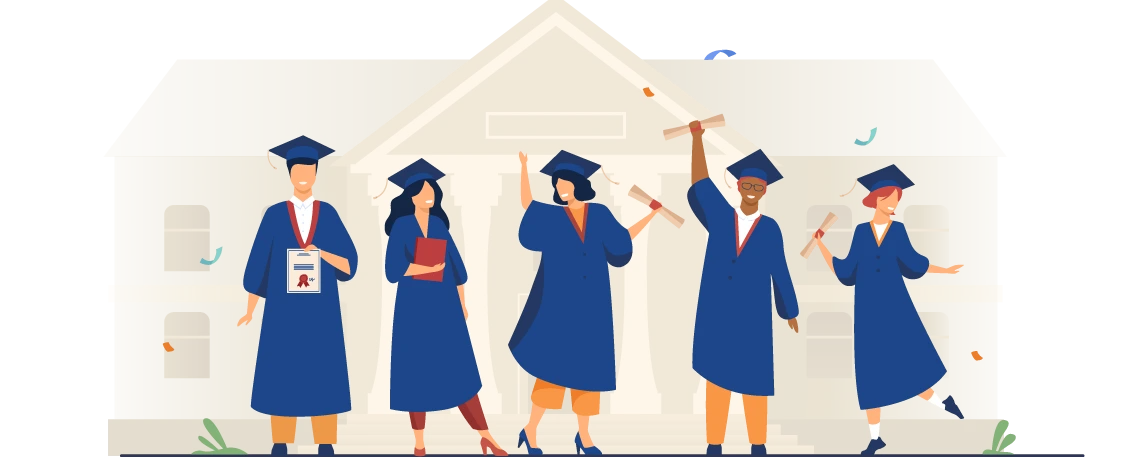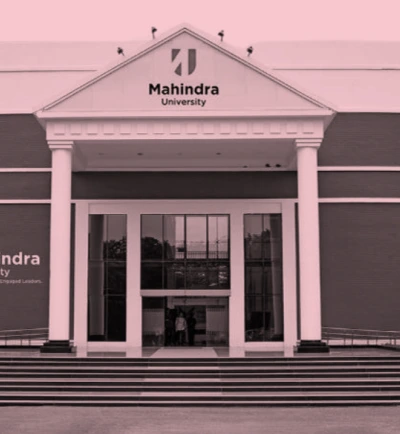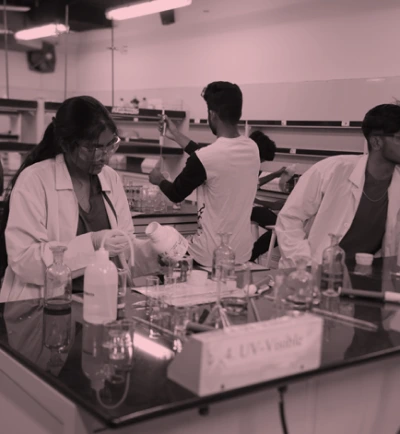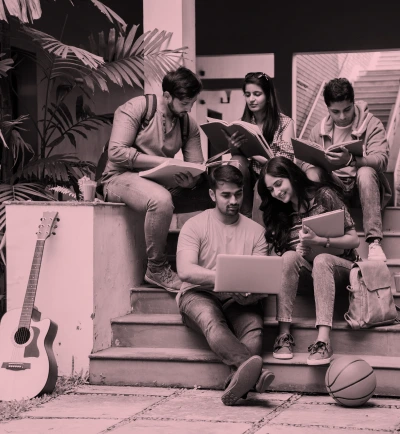Child Labour in India
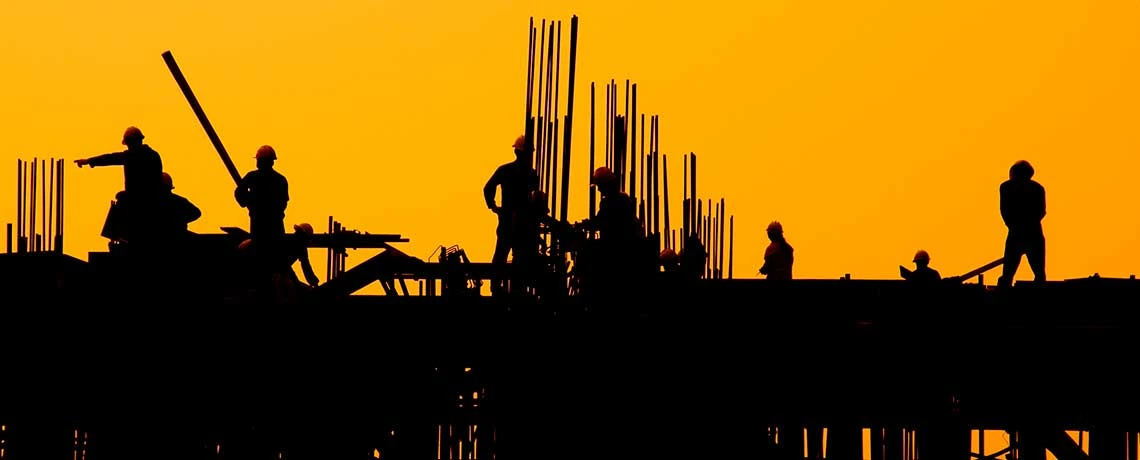
In today’s era, child labour is still a huge problem. However, few issues attract as much attention as child labour in developing countries such as India.
The International Labor Organization (ILO) defines child labour as “work that deprives children of their childhood, potential and dignity, and that is harmful to physical and mental development. It refers to work that is mentally, physically, socially or morally dangerous and harmful to children; and/or interferes with their schooling by depriving them of the opportunity to attend school; obliging them to leave school prematurely, or requiring them to attempt to combine school attendance with excessively long and heavy work.”
Whether a work can be called child labour depends on the child’s age, type of work hours performed and conditions under which it was completed and also objectives of other nations.
The severe form of exploitation started during the Industrial revolution when machinery took over many tasks, and many of these tasks did not need adult strength. The managers of these industries used to lure children for cheap labour, and the rent for children would be much lesser than an adult’s.
Child labour has always existed in the agriculture sector, with the entire family working on the farms. Taking the livestock out for a graze was always given to the children. Though the job is challenging, the lack of schools and its non – availability in most villages are the factors. Therefore the work serves as a training purpose for most children.
With the incoming of the British, child labour increased in India. Laws against child labour were passed under the Employment of Children Act 1938, but the laws failed to address the root cause of child exploitation. It was believed that without the public being driven out of poverty, it is impossible to withdraw children from labour.
The worst forms of child labour are circumstances where children work more than eight hours per day and earn less than a minimum wage or, in most cases, no wages at all, work in hazardous conditions with no security of health and safety, and have no access to education and, work outside of their family’s home.
India has discouraged child labour and has banned through the Constitution that protects children’s rights by making primary education a fundamental right and asking the states to protect it under the Directive Principles of State Policy. It is aimed at protecting childhood and the rights of children.
Legal recognition of rights of Children
The pertinent articles are laid down in the following:
Art. 21(a) Right to Education – The State shall provide free and compulsory education to all children of the age of six to fourteen years in such manner as the State may, by law, determine.
Art 24: Prohibition of employment of children in factories, etc.- No child below the age of fourteen years shall be employed to work in any factory or mine or engaged in any other hazardous employment.
The State, under Article 45 of the Directive Principles of State Policy, also must provide free and compulsory education for all children until they complete the age of fourteen years

